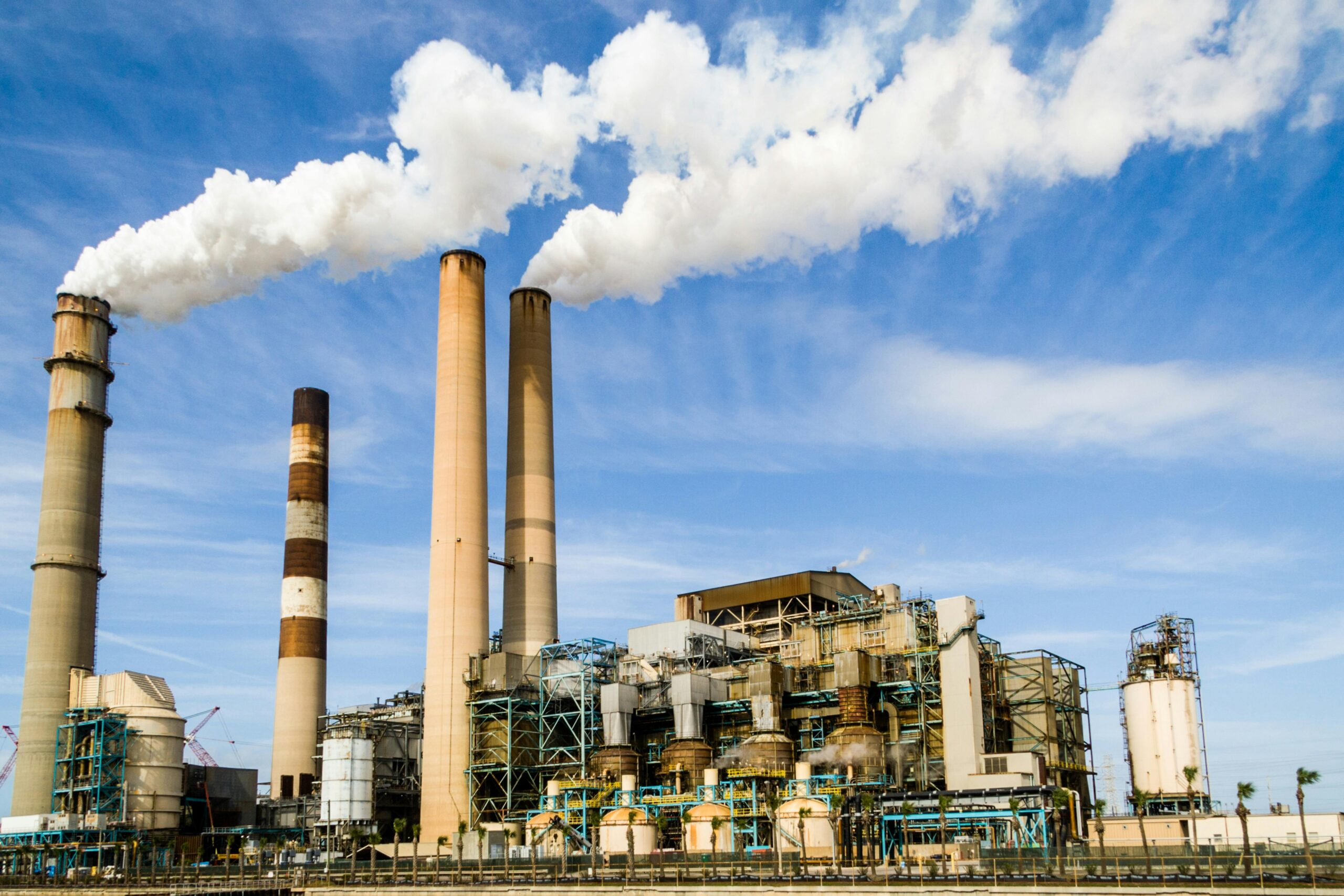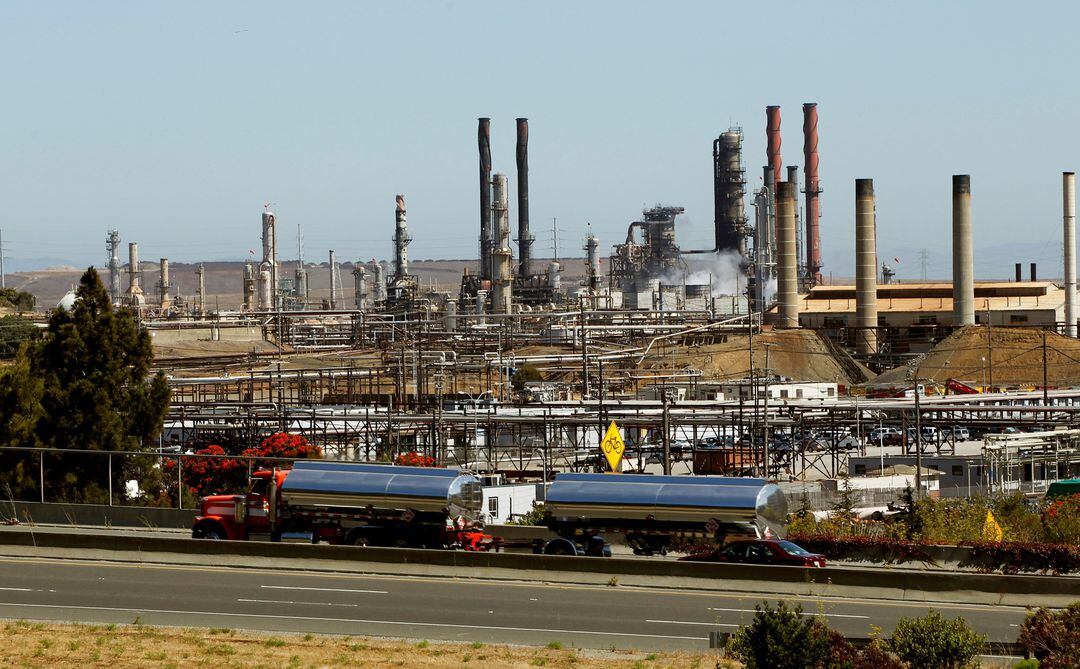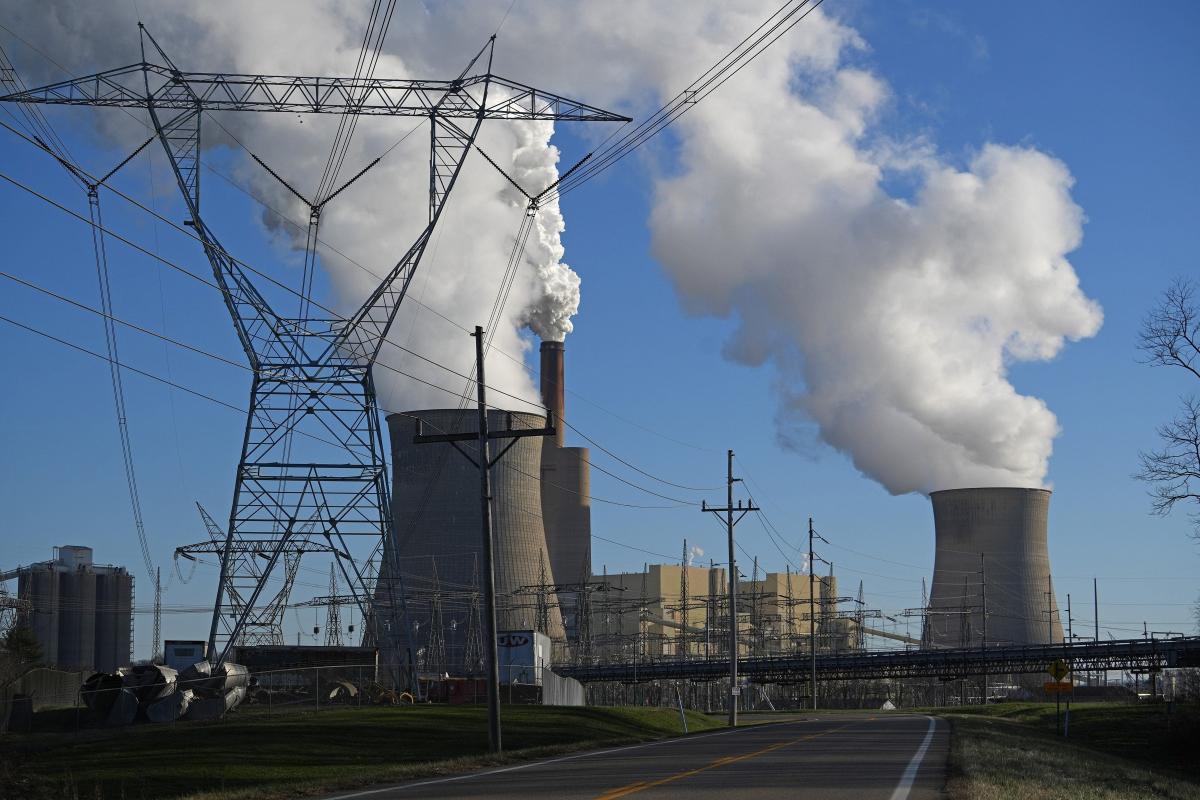Republican-led states and industry groups have initiated legal action against the U.S. Environmental Protection Agency (EPA), filing three lawsuits challenging its recently imposed air quality standards for soot pollution.
These lawsuits, lodged in the U.S. Circuit Court of Appeals for the D.C. Circuit, involve a coalition of 25 states, including Texas, Kentucky, and West Virginia, along with various industry organizations.
The contentious EPA rule, solidified last month, reduces the permissible concentration of fine particulate matter, commonly known as soot, in the air. Kentucky Attorney General Russell Coleman, representing a group of 24 states in one lawsuit with West Virginia, voiced concerns about the potential economic repercussions.

Coleman argued that the stricter standards would burden manufacturers, utilities, and households, potentially driving investments and jobs out of the affected states.
In addition to the states’ legal challenges, Texas has filed a separate lawsuit, while industry entities such as the U.S. Chamber of Commerce and the National Association of Manufacturers have also taken legal action.
Their primary contention is the adverse impact the regulations could have on various sectors, including manufacturing and construction, potentially impeding new facility permits and infrastructure development.
The EPA’s revised standards mark the first significant adjustment in over a decade, aiming to reduce the average concentration of fine particulate matter smaller than 2.5 microns, known as PM 2.5, from 12 to 9 micrograms per cubic meter annually.

The agency estimates substantial health benefits amounting to $46 billion by the year 2032 resulting from these revised regulations.
Opponents of the EPA rule argue that the stringent standards may hinder economic activities, with potential consequences for job creation and infrastructure projects.
The legal battles underscore the contentious debate between environmental protection and economic considerations, with both sides presenting divergent views on the impact and necessity of the regulatory measures.

